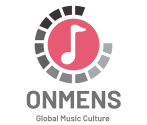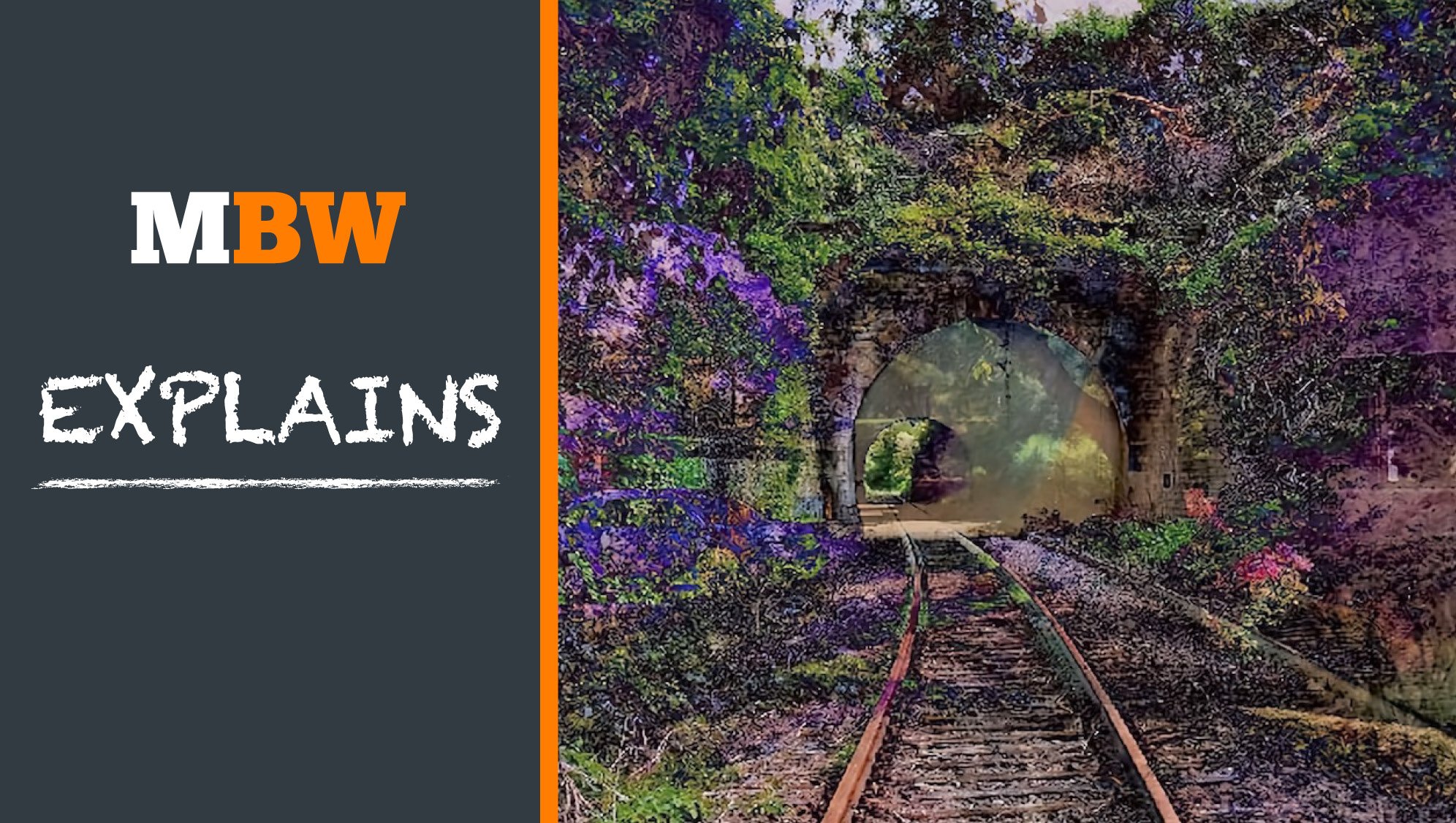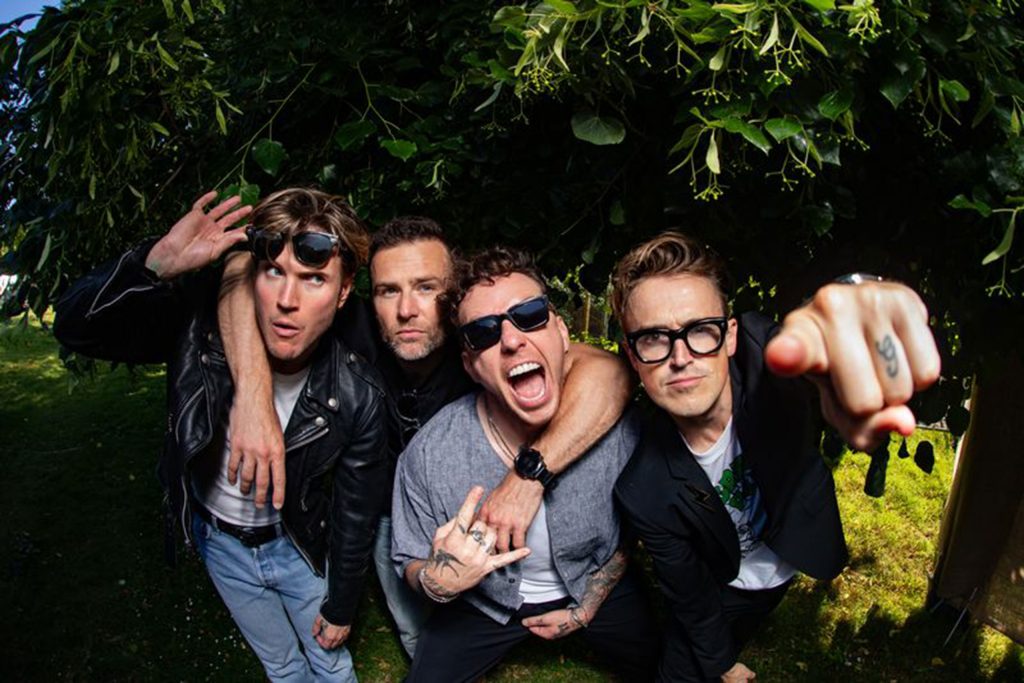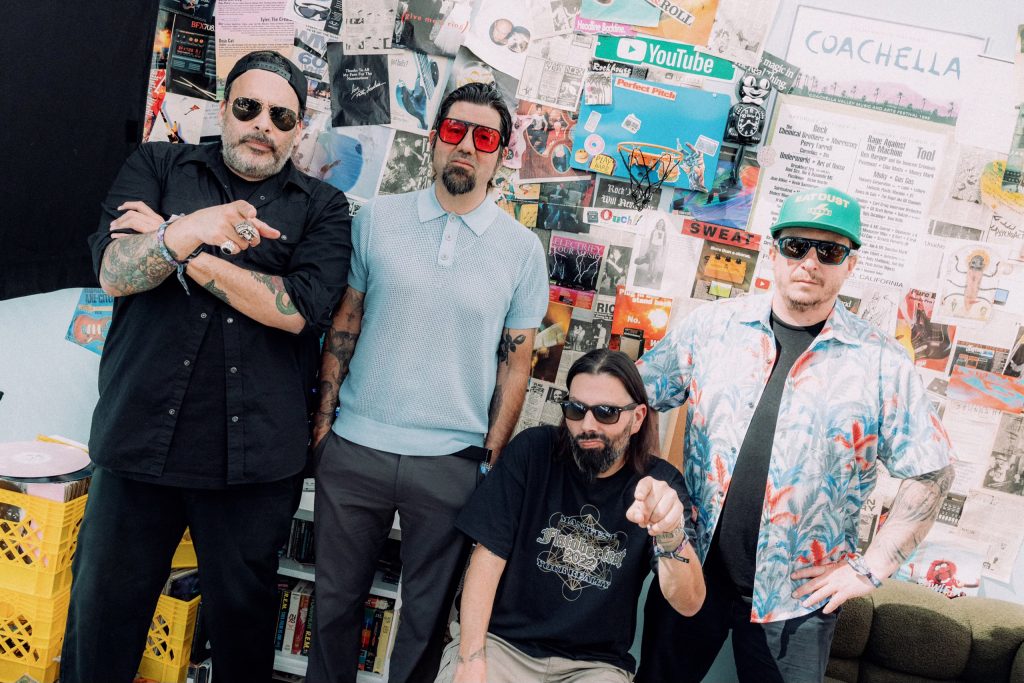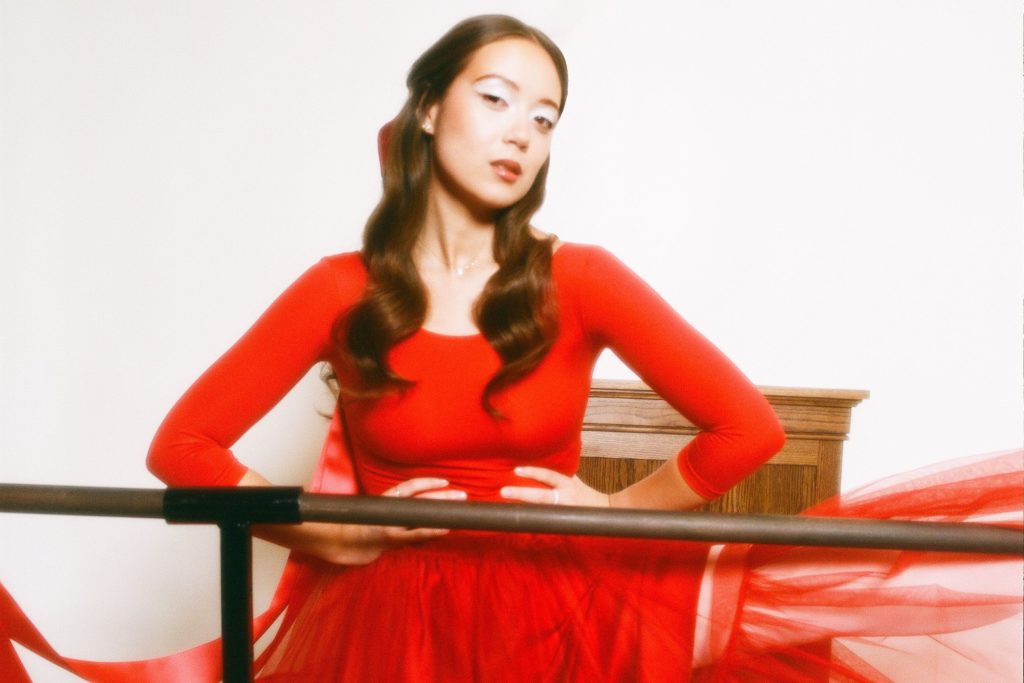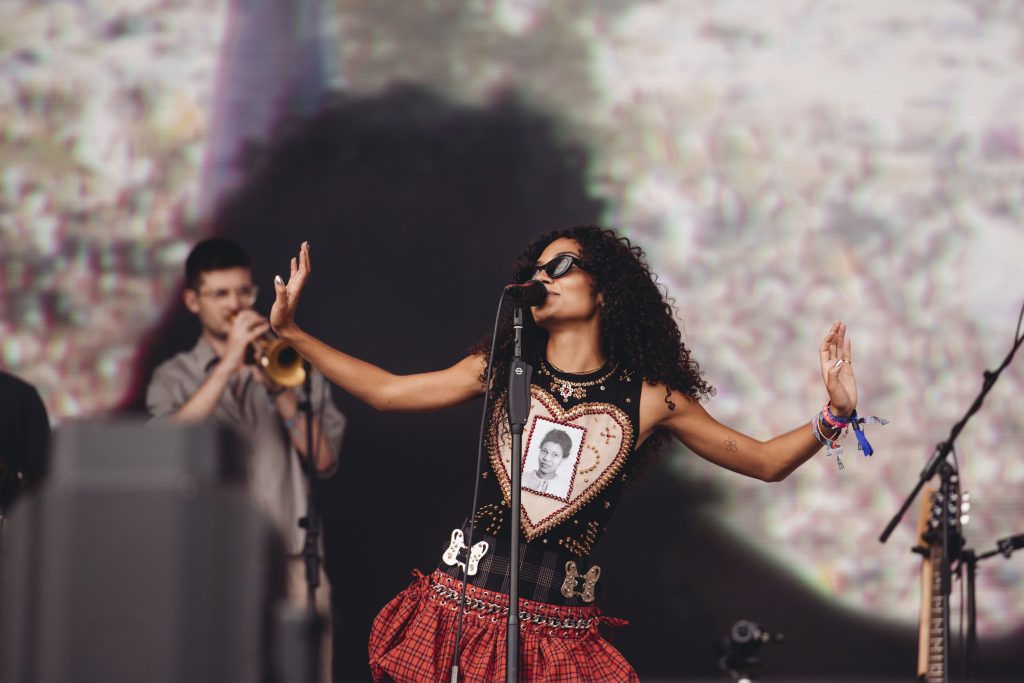Federal Court Rules on AI-Generated Work
The Federal appeal court has ruled that work produced solely by artificial intelligence cannot be granted copyright protection under United States law. This decision underscores that human authorship is a central criterion for copyright protection … at least until Congress chooses to amend it.
The United States Court of Appeal for the District of Columbia affirmed the lower court’s ruling in the case Thaler V. Perlmutter, which centered on a copyright claim for a piece of art titled Recent Entrance to Paradise, allegedly created by an autonomous AI system known as “Creative Machine.”
The ruling, issued on March 18 and reported by MBW, marks a significant milestone in defining how copyright law applies to AI-generated content amidst the rapid advancements in generative technologies.
Computer scientist Dr. Stephen Thaler, who developed the Creative Machine, sought copyright registration for the artwork through the US Copyright Office. In his application, Thaler designated the Creative Machine as the “author” of the work, while he listed himself merely as the “owner,” indicating that the artwork was “created autonomously using a machine.”
After the Copyright Office rejected his application on the grounds of lack of human authorship, Thaler pursued an appeal through several levels of scrutiny before the case reached the federal court.
“We confirm the refusal of Dr. Thaler’s statement regarding copyright. The creative machine cannot be recognized as the author under copyright law because the 1976 copyright law mandates that authorship must originate from a human.”
A trio of judges in the Court of Appeal, District of Columbia
In a unanimous decision, the judges stated: “We uphold the denial of Dr. Thaler’s copyright claim. The creative machine cannot be acknowledged as an author under copyright law.”
However, the court made it clear that this interpretation is anchored in existing law, leaving the possibility for future legislative amendments as AI technology evolves.
Key Findings from the Ruling
You can read the full decision here, or alternatively, review these three important conclusions from the decree…
1) The court found compelling evidence that “authors” must be human
The court determined that while Copyright law does not explicitly define the term “author,” it can reasonably be interpreted to apply solely to humans within the context of the entire statute.
Judge Patricia Millett, writing for the court, noted that various provisions in copyright law make sense only if the author is a person. For example, the duration of copyright ties to the life of the author plus an additional 70 years following their death, alongside inheritance laws regarding the author’s spouse and descendants.
“If we replace ‘work’ with ‘author,’ it leads to problematic questions about the ‘life’ and ‘death’ of the machine.”
Judge Patricia Millett
“If ‘machine’ stands in for ‘author,’ copyright law would refer to ‘children of the machine’ and ‘spouse of the machine,’ leading to complicated discussions about the ‘life’ and ‘death of the machine.’” Judge Millett remarked. “This presents inconsistent values for both the author and the tool utilized by the author.”
The court further observed that “machines do not possess property, familial ties, nationalities, or signatures,” attributes that are fundamental to Copyright law concerning authorship.
2) The office’s long-standing position was reaffirmed
The court found that the Copyright Office has consistently interpreted the term “author” as referring to a person for decades prior to the current authorship law being enacted in 1976.
As far back as 1966, the Copyright Office stated in its annual report to Congress that the primary issue was whether the “work” primarily had human authorship, with the computer merely serving as a tool.
The court noted that the Copyright Office formally confirmed the requirement for human authorship in 1973, and Congress has never altered this understanding since adopting the 1976 copyright law or in any subsequent amendments.
Moreover, the court referenced the National Commission on New Technological Uses of Copyright (CONTU), created by Congress specifically to examine how copyright law should adapt to emerging technologies. In its final report, CONTU concluded: “Based on its investigations and interactions with computers, the commission believes that there are no reasonable grounds for considering that the computer contributes to the authorship of the work produced through its use.”
The court interpreted Congress’s silence on this matter as “an endorsement of the judicial interpretation applied to copyright law.”
3) AI-assisted work can still receive copyright protection
It is essential to note that the court clarified that the requirements for human authorship do not preclude copyright protection for works created with AI assistance—they merely prevent machines from being recognized as legal authors.
“The requirement for authorship by a person does not bar copyright protection for works created with the help of artificial intelligence,” Judge Millett stated. “The rule simply stipulates that the author must be an individual—a person who has created, controlled, or utilized the AI—and not the machine itself.”
This distinction is vital for creative industries increasingly incorporating AI tools into their workflows.
The court emphasized that the Copyright Office has permitted the registration of works produced by human authors utilizing artificial intelligence.
However, the court did not establish where the boundary should lie in instances where both humans and AI significantly influenced the work, acknowledging that “difficulties in delineating how much artificial intelligence has contributed to a given human author’s work are prevalent.”
This was due to the fact that Dr. Thaler specifically described his work as “autonomously generated AI” without any creative input from a human.
Dr. Thaler argued that worker-for-hire provisions allowing employers to be considered the “author” of work created by their employees should similarly permit him to be recognized as the author since he created and owns the Creative Machine. The court rejected this claim, emphasizing that this provision assumes a person originally created the work.
Most importantly, the court’s decision makes clear that it leaves open the possibility for Congress to amend copyright law to extend protection to AI-generated works.
“Even if human authorship were a requirement for considering the creation of original work, it would ultimately be a political issue for Congress to decide,” Judge Millett wrote, adding, “Congress holds the constitutional and institutional authority to orchestrate various competing interests that will inevitably arise with new technologies.”
The court emphasized its limited role in interpreting the current law, as opposed to establishing new policy: “The function of this court is … to apply the law as it is written, not to navigate the uncharted waters of technology and attempt to determine what might constitute good policy.”
Accordingly, the ruling sets a clear precedent: in the United States, only works with human authors qualify for copyright protection, no matter how sophisticated the tools used to create them.
As Judge Millett acknowledged, this is unlikely to be the final word on the matter, as Congress could revisit the issue and potentially extend copyright protection to AI-generated works in the future.
This ruling comes amid a series of significant lawsuits in the United States, where copyright holders are challenging generative AI platforms.
Notable cases include The New York Times’ lawsuit against OpenAI and Microsoft for alleged copyright infringement in training ChatGPT, Getty Images’ lawsuit against Stability AI over its Stable Diffusion model, and a class action led by authors—including Sarah Silverman—against Meta related to their LLaMA model.
Meanwhile, Universal Music Group, Concord, and Abkco have filed a lawsuit against Anthropic over significant copyright violations involving the use of copyright-protected lyrics by their AI chatbot, Claude.
AI-made works can’t be copyrightable, says US court… for now, at least.
